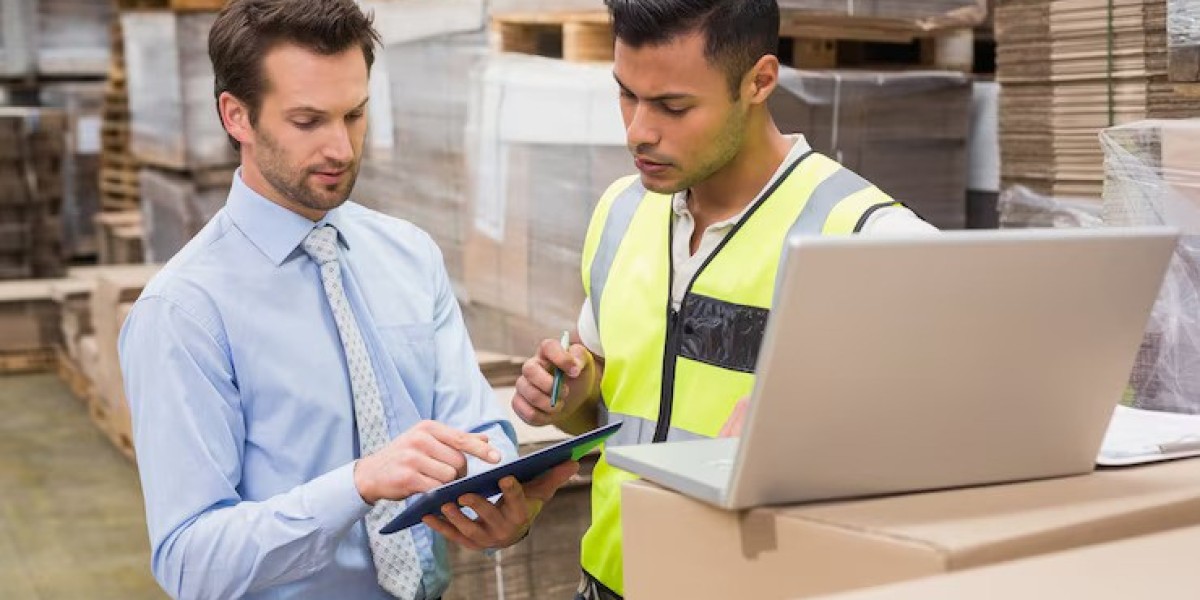Customs clearance in Australia is a critical process that ensures imported and exported goods comply with national laws and regulations. Overseen by the Australian Border Force (ABF), customs clearance involves verifying shipments, assessing duties and taxes, and ensuring all required documentation is accurate and complete. This process applies to various types of cargo, including commercial, personal, and express freight.
Importers and exporters must provide essential documentation such as invoices, packing lists, certificates of origin, and relevant permits. Goods must be correctly classified under the Harmonized Tariff Schedule, and any applicable tariffs, duties, or Goods and Services Tax (GST) must be paid. Quarantine regulations, overseen by the Department of Agriculture, Fisheries and Forestry, may also apply to specific goods like food, plants, or animal products.
Customs clearance in Australia requires a thorough understanding of trade regulations, documentation procedures, and compliance risks. Delays or inaccuracies can lead to penalties, storage fees, or shipment holds. Many businesses utilize licensed customs brokers to facilitate the clearance process and maintain compliance with Australian law.







